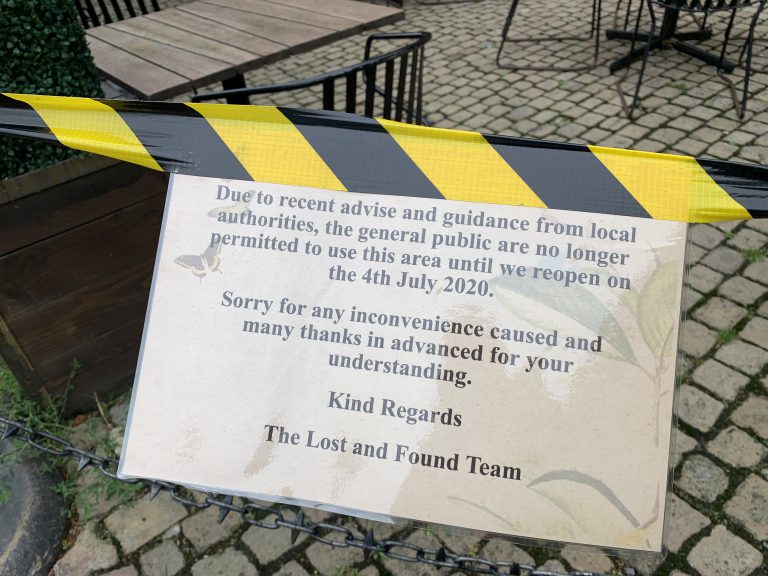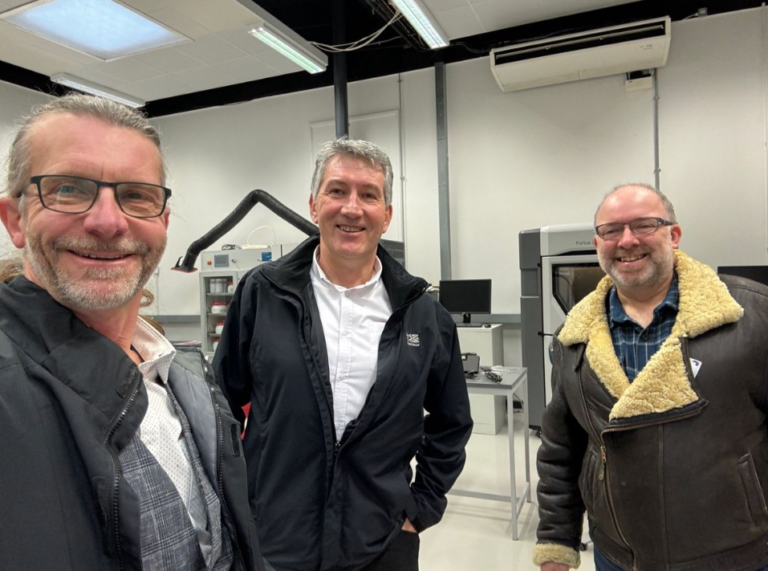A good technology solution is built on a firm understanding of the requirements of your users. It can be easy to get carried away with interesting features and functionality, only to find that they don’t fit into people’s everyday working practices.
The user’s perspective is only one aspect to creating software that meets the needs of the business. For example, a person who follows the familiar process may not perceive difficulties, and not envisage the need or benefits of change (they might be averse to change).
Supervisors, budget holders, decision-makers, customers and users of the output process all have a perspective on the current and potential future system. It’s helpful to get a 360’ review of the current business practices and the benefits and challenges this creates, then a validation, ‘test and tailor’ exercise where we discuss potential options with stakeholders to gauge their opinion and gather suggestions.
Last month we looked at the various steps involved in taking your technology/software project from idea to reality. One of the steps we outlined was the importance of market research and insight gathering. Here we take a deeper dive into how to approach the research phase. Our aim is to help you think about the problems your technology investment needs to solve and the benefits it needs to bring.
Build a clear picture of your users
Begin by pinpointing the audience for your software. Who within your organisation will be using the software and what roles are they employed to do? What are their priorities, challenges and pressures and what do they need from their technology? How can technology help them perform their tasks better?
Through observation and questioning, you can build a picture of your stakeholders’ working day to understand what processes they use and where there may be inefficiencies. You can also interrogate what paper-based systems could be digitised and what information they need at what point to help make better decisions more quickly? What manual processes can be automated? What repetitive tasks result from separate data silos can you eliminate? What efficiencies and accuracies can be gained by integrating various systems and creating a ‘single source of truth’
Once you understand your users and their needs, you can start to build a list of requirements. The aim is to ensure you include the most important features and functionality your audience requires. With your long-list of requirements it should be possible to categorise these into ‘essential’ and ‘nice-to-have’ features so you know what aspects would have the biggest impact and return on investment.
Review other companies you admire
If you are looking at internal processes it may be hard to research what other companies do behind closed doors. As a workaround, you could review the ‘off the shelf’ software solutions.
If the scope includes something that clients use, then it may be easier to explore.
It can be helpful to look at competitors as well as businesses who operate in other fields who are using technology in a way that’s relevant to your business.
This is particularly important if you’re looking to develop technology that will reside as an integral part of your business’s operations and be a consideration in future if you’re planning to sell your company. Bespoke software to which you own the IP is an asset on the balance sheet. Good quality technology can add significant bottom-line value to a company as it means the new owner can take over the company and maintain quality standards more easily.
Market research of other companies can be a time-consuming minefield so before you begin it’s a good idea to set out the criteria you are going to analyse. A table which helps you look at the technology used and the functionality and features included is a good starting point. Are there any limitations or, conversely, any features you hadn’t considered. If the technology is publicly accessible, you may be able to get a good feel for the usability of the software and decide if you need to take a similar approach.
Consider upcoming trends
It can be difficult to keep pace with technology let alone look ahead which is where our support can be invaluable – this is our area of expertise and the thing we focus on day in, day out, so we are in pace with market trends.
Apps remain a huge trend and are now an everyday part of our lives. Whether you’re building technology for your staff or customers, people expect to be able to do things on the move from a smartphone or tablet, and they expect the experience to be personalised and intuitive. It was only a few years ago that this was a future trend, but it is now very much part of our everday lives. Apps allow employees to access the software systems at work from anywhere, not bringing work back to their desk to complete later.
Similarly, AI is a reality for many businesses and a trend on the near horizon for others. Even if you don’t yet see a role for AI in your business, that may change in time.
Understanding how AI is impacting other businesses and markets can help you apply learnings to your own. For example, the use of Large Language Models (or LLMs) such as ChatGPT in business is that of using business data (eg in the form of Word docs) to load into an LLM, and then being able to ask questions about the content of those documents and receive results in a plain spoke English (or any other language!) form. This could form the basis of a knowledgebase application bespoke to your organisation.
Keeping an eye on the business media in general and your industry news in particular will help you stay abreast. The key is to know what’s going on around you and decide if you need to respond. With technology changing so quickly, it’s easy to get left behind.
You must bear in mind that you will need to be prepared to make changes – to examine the way you work and be open to change how things are done in order to boost efficiency and effectiveness. As your business grows by automation, you need to be ready to grasp the opportunity of improved accuracy and enable staff to spend time where they really add value.
Let us help!
If you need to review how your business employs technology, looking at improved customer experiences and/or more efficient ways of working, get in touch. We’d be delighted to help you verify user requirements and develop a clear pathway for getting your concept from idea to reality.






